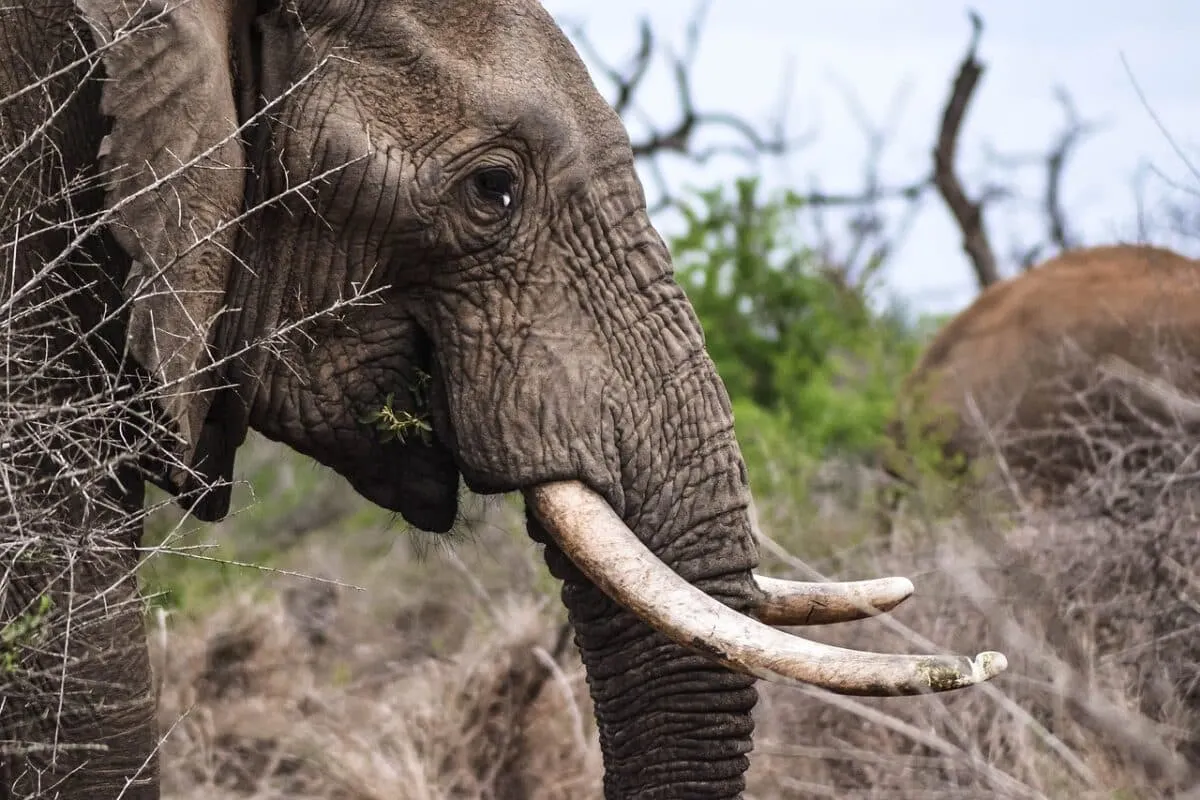Are you ready for African Elephant vs. African Buffalo? Let us dive right in!
Have you ever wondered which of the two African powerhouse animals would win in a fight, the mighty African Elephant or the wild and rugged African Buffalo?
Both are fierce contenders, boasting their unique skills and abilities. With huge tusks, trunk strength, power, and speed on one side and muscle mass, sharp horns, and agility on the other – it can make you ponder who has an edge regarding strengths.
We have outlined each animal’s attributes and comparison stats to put both head-to-head, so read on for further details as we dive into this epic battle between these two creatures!
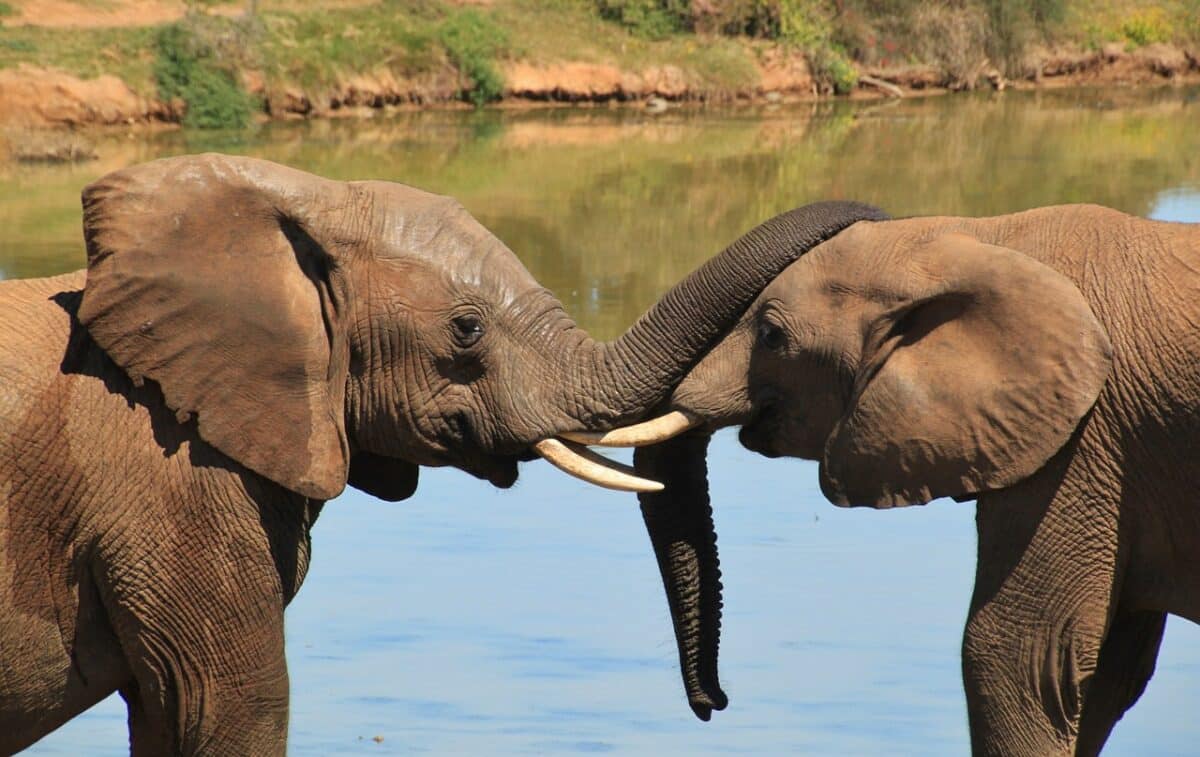
Want to jump ahead? Click below
Comparison Table
| Characteristic | African Elephant | African Buffalo |
|---|---|---|
| Scientific Name | Loxodonta africana | Syncerus caffer |
| Size | Up to 4 meters tall and can weigh up to 5,500 kg | Up to 1.7 meters tall at the shoulder and can weigh up to 900 kg |
| Habitat | Savannas, forests, and deserts of Africa | Grasslands, woodlands, and swamps of Africa |
| Lifespan | Up to 70 years | Up to 20-25 years in the wild |
| Social Structure | Live in large herds led by a matriarch | Live in herds led by dominant bulls |
| Diet | Herbivorous, feeding on grasses, leaves, bark, and fruits | Herbivorous, primarily grazing on grasses |
| Reproduction | Gestation period of around 22 months, giving birth to a single calf | Gestation period of around 330-346 days, giving birth to a single calf |
| Predators | Few natural predators, but occasionally targeted by lions and crocodiles | Few natural predators, but occasionally targeted by lions and hyenas |
| Conservation Status | Vulnerable (population decreasing) | Least Concern (population stable) |
Understanding the Differences Between African Elephants and African Buffaloes
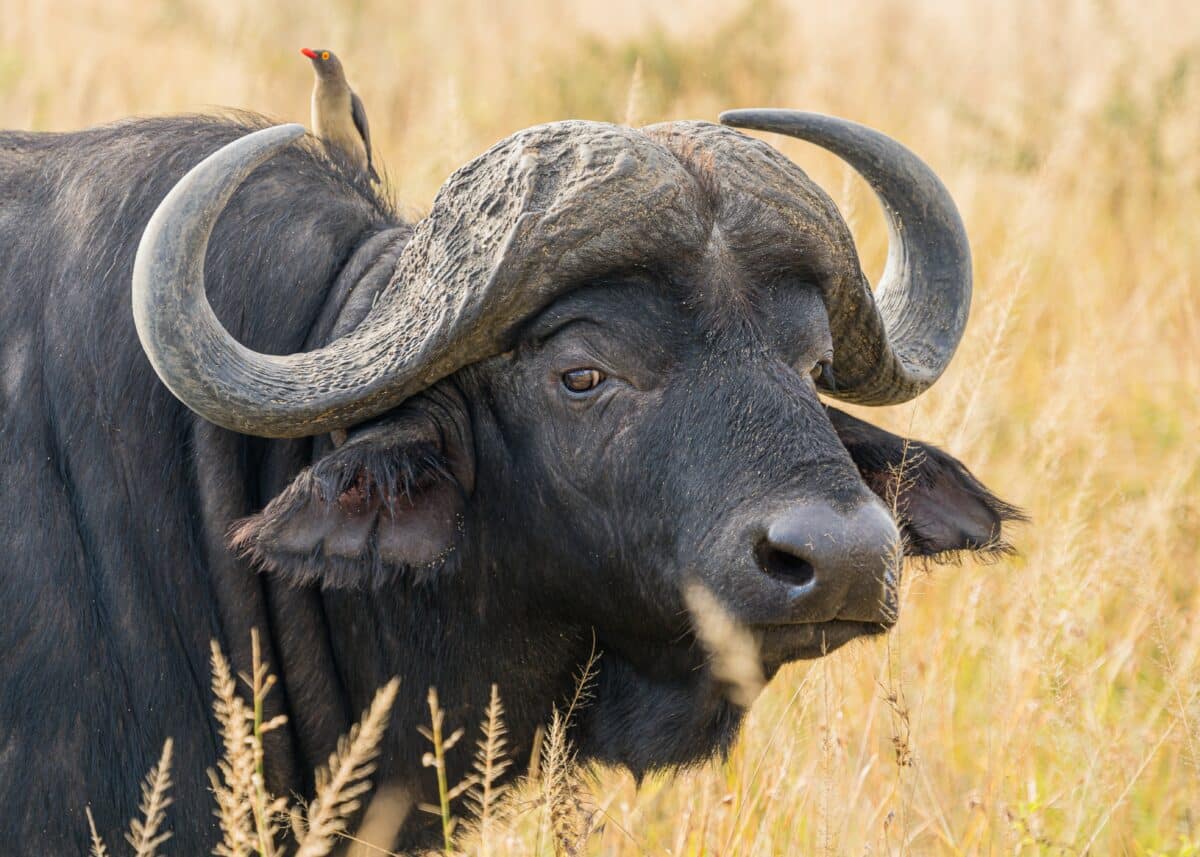
The African continent is home to some of the most diverse wildlife in the world. The African elephant and the African buffalo are two of the most fascinating and prominent animals.
Both of these species are incredibly majestic in their way, but they are vastly different from one another. While the African elephant is the world’s largest land mammal, weighing up to 6,000 kilograms, the African buffalo is no slouch and can weigh up to 900 kilograms.
African elephants are known for their long trunks and ivory tusks, while African buffaloes are renowned for their immense strength and unpredictable nature. Understanding the differences between these two remarkable creatures is fascinating and can provide a deeper appreciation for the variety of wildlife living on the African continent.
Physical Appearance of African Elephants and African Buffaloes
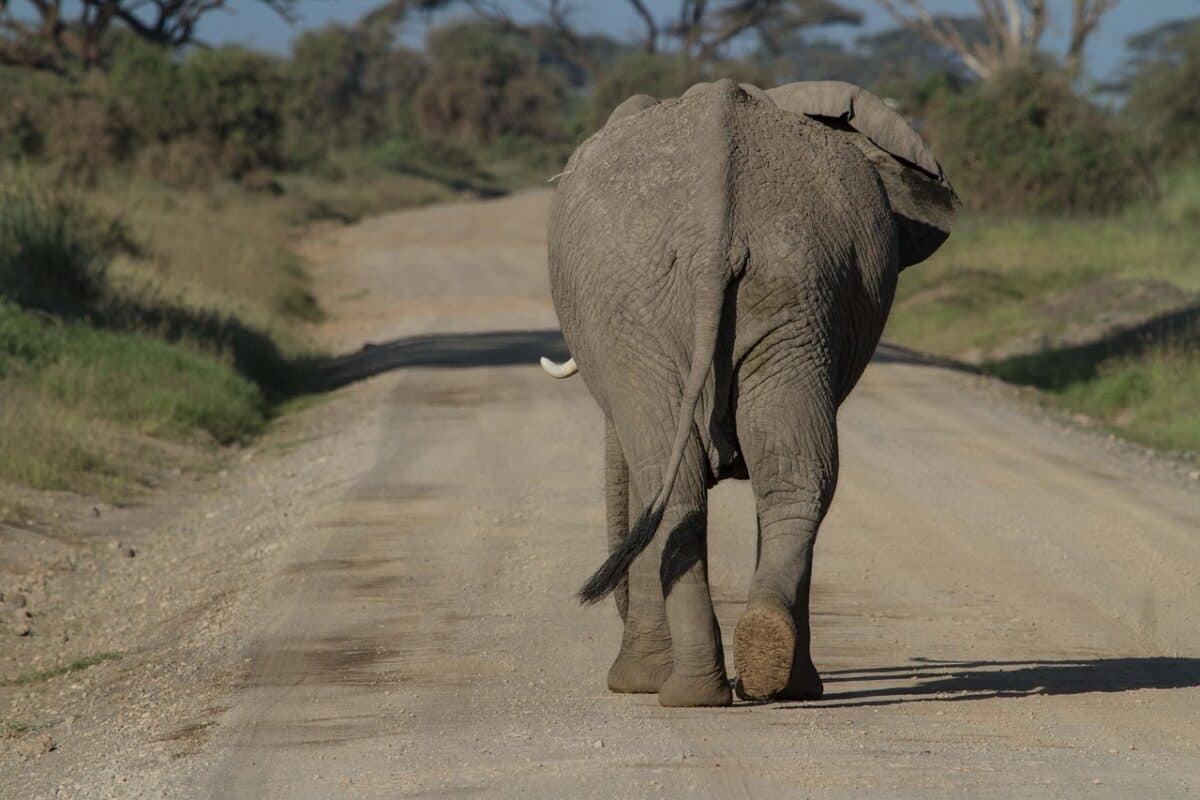
The African elephant and buffalo are two of the most magnificent creatures roaming the African grasslands. While both share a similar habitat and diet, they couldn’t look more different. African elephants are easily recognizable with their large ears, curved tusks, and long trunk. These gentle giants can grow up to 13 feet tall and weigh over 14,000 pounds.
On the other hand, African buffaloes have muscular bodies with curved horns and a tough hide perfect for their habits of ramming into potential threats. Despite their imposing appearance, African buffaloes are herbivores that live in large herds.
Whether you’re watching them trek through the savannah or just admiring their photos, these two animals never cease to amaze with their unique and beautiful features.
Behavioral Patterns of African Elephants and African Buffaloes
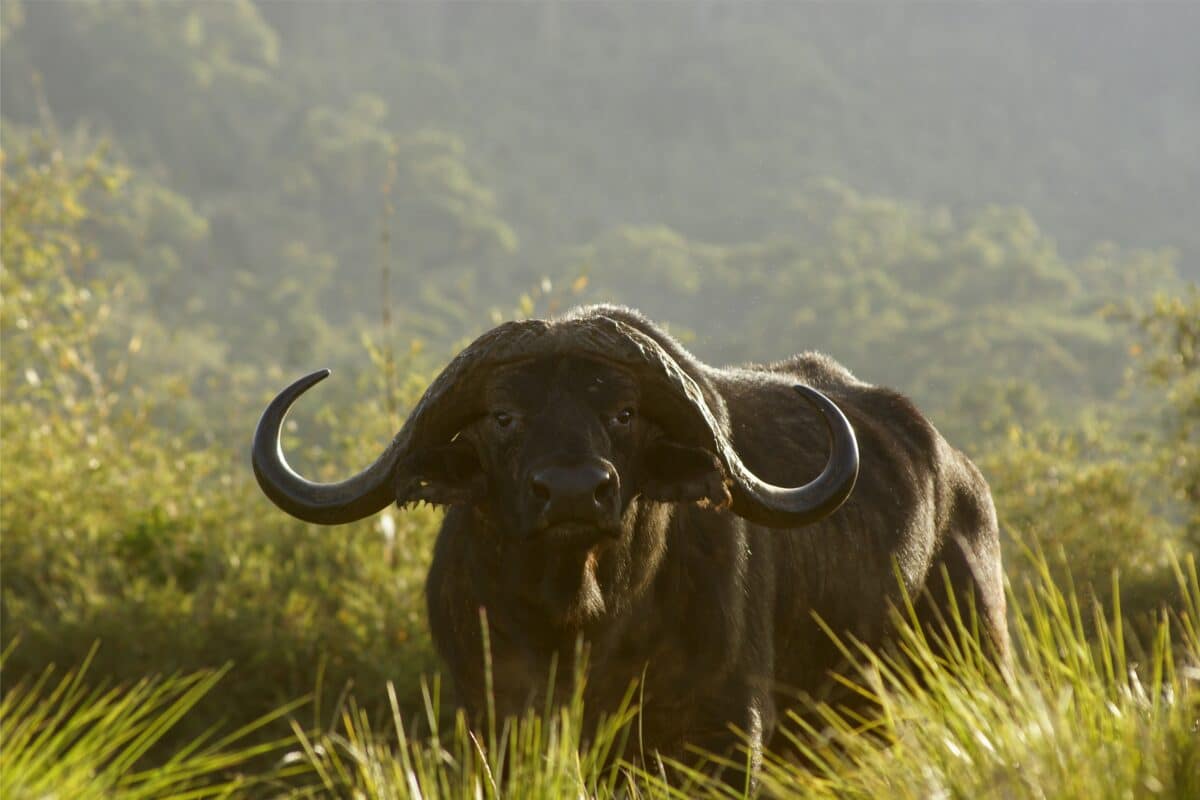
The African savannah is a place of great wonder and beauty. Here, two remarkable animals can be found living together in a delicate balance: the African elephant and the African buffalo.
Both animals possess unique behavioral patterns that have been studied over time, revealing fascinating insights into the lives of these majestic creatures. African elephants, for example, are known for their strong family bonds and complex communication systems that involve a wide range of vocalizations and body language.
On the other hand, African buffaloes are highly social animals that rely on their collective strength to defend themselves against predators. By observing the behavioral patterns of these incredible animals, we can gain a deeper understanding of their world and the ways in which they interact with one another.
Different Types of Habitats for African Elephants and African Buffaloes
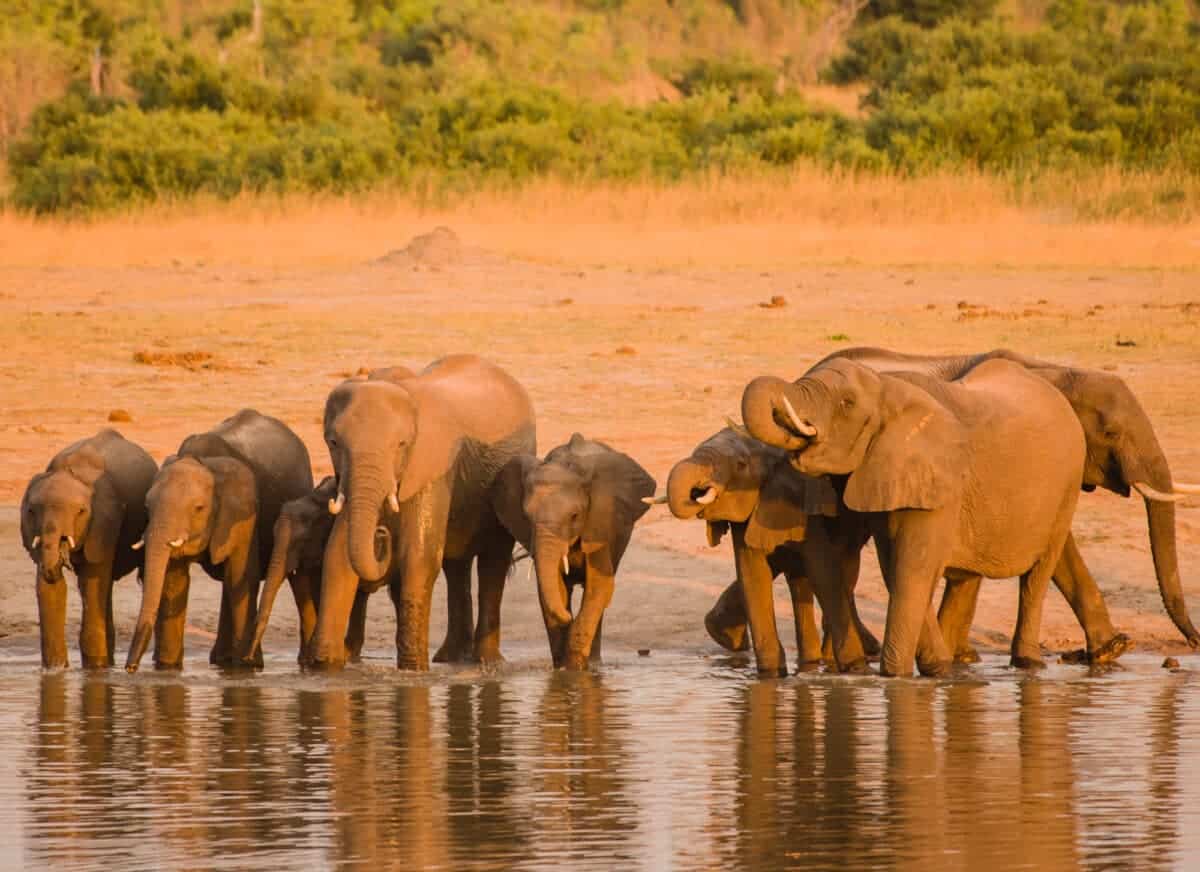
The African savanna is home to an array of diverse habitats, from lush grasslands to rolling hills, each offering unique living conditions for the magnificent African elephant and African buffalo.
African Elephants are master habitat shapers, transforming the landscape through their feeding and excavation habits and creating ideal living spaces for themselves and other species. On the other hand, buffaloes tend to favor swampy areas and forested regions, where food and water are plentiful.
Whether it’s the vast expanse of the grassy plains or the dense woodlands, African elephants and buffaloes have adapted to their respective habitats in remarkable ways, making them genuinely awe-inspiring creatures of the savanna.
Diet Comparison Between African Elephants and African Buffaloes
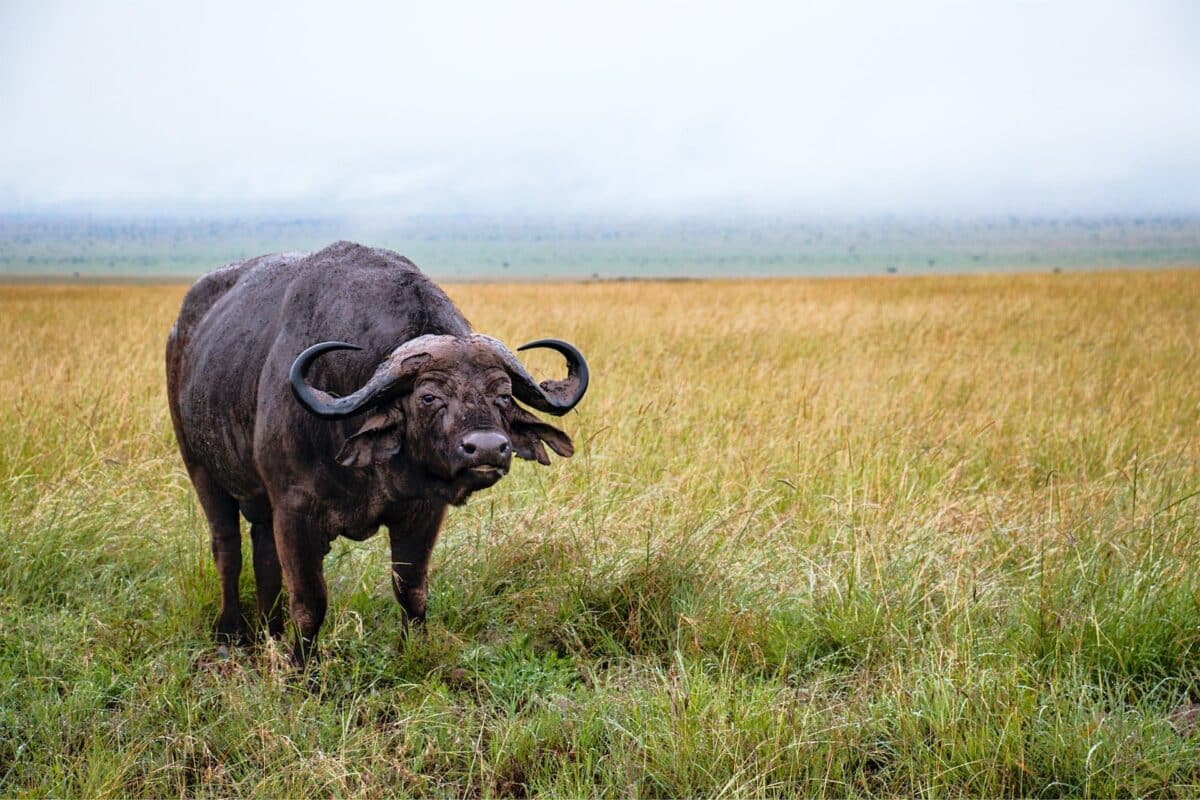
African elephants and African buffaloes are two iconic species found on the African continent that are renowned for their strength and power. While both species differ significantly in their appearance and behavior, they share one crucial trait: they are herbivores.
Their diet consists primarily of plants and vegetation, and both species need to consume much food each day to survive. However, the specific types of plants that they consume are vastly different. African elephants are known for their love of tree bark, leaves, and fruit, while buffaloes feed mainly on grass and other low-lying vegetation.
So, if you want to switch up your diet and try something new, you might want to consider taking inspiration from these majestic beasts!
Breeding Habits of Both Species
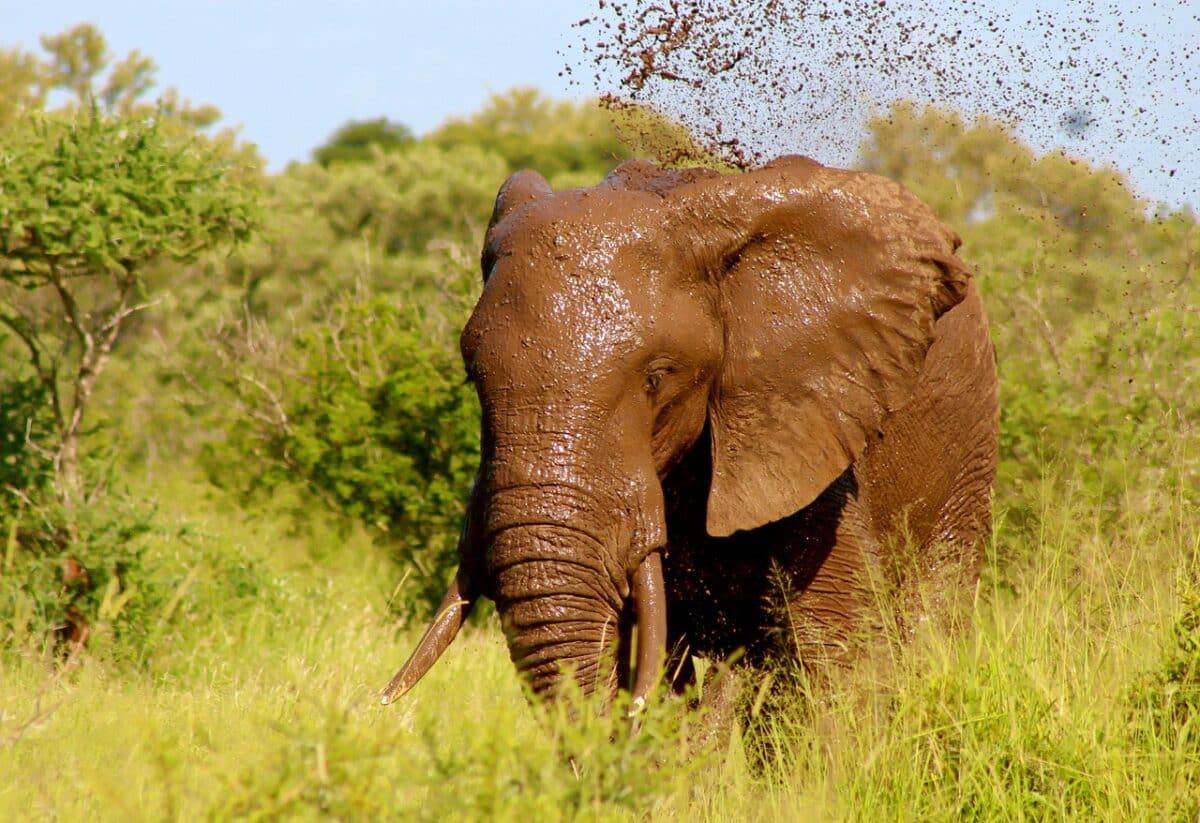
Breeding habits are an essential part of the life cycle of both animal and plant species. Through these habits, species can continue to propagate and ensure their survival.
Different species have unique breeding habits adapted to their environments in the animal kingdom. While some animals breed seasonally, others breed throughout the year, and some migrate long distances for breeding purposes. Similarly, plant species have diverse breeding habits; some rely on wind or insects for pollination, while others self-pollinate.
Understanding the breeding habits of different species is crucial for conservation efforts and maintaining biodiversity.
Key Points of African Elephant vs. African Buffalo
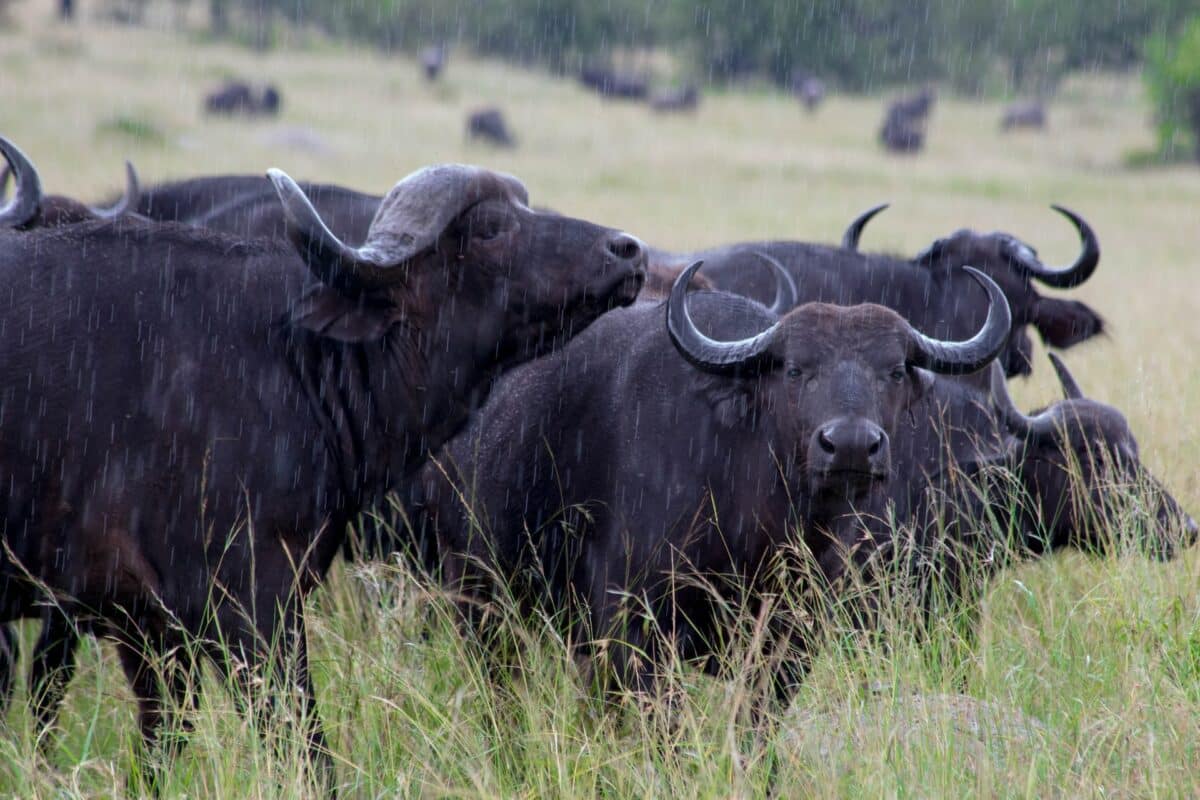
| African elephants and African buffalos are two fierce contenders, showing their unique skills, physical attributes and other unique abilities in the wild of Africa. |
| While both share a similar habitat and diet, they couldn’t look more different. African elephants are easily recognizable with their large ears, curved tusks, and a long trunk, on the other hand, African buffaloes have muscular bodies with curved horns and a tough hide perfect for their habits of ramming into potential threats. |
| Elephants in Africa are known for their strong family bonds and complex communication systems that involve a wide range of vocalizations and body language, while African buffaloes are highly social animals that rely on their collective strength to defend themselves against predators. |
| African Elephants are master habitat shapers, transforming the landscape through their feeding and excavation habits and creating ideal living spaces for themselves and other species. On the other hand, buffaloes tend to favor swampy areas and forested regions, where food and water are plentiful. |
| African elephants are known for their love of tree bark, leaves, and fruit, while buffaloes feed mainly on grass and other low-lying vegetation. |
Wrapping Up with the African Elephant vs. African Buffalo
African Elephants and African Buffaloes are two species that share the same continent yet can be incredibly different in their physical and behavioral attributes. While both species may have adapted to the different climates, landscapes, and food sources they encounter in Africa over millennia, they remain distinct.
Despite their similarities, it is possible to learn much about each species by understanding their differences- size, coloration, behavior patterns, or diet. As we continue our study of African wildlife across continents, it’s important to remember that each living thing is unique and vital to the continuation of its ecosystem.
Through focused research and conservation efforts by humans, we can assist African Elephants and African Buffaloes in staying healthy and make sure these majestic creatures will thrive for generations to come!
Thanks for following along with me! I hope you enjoyed reading about these two entertaining animals. The African Lion Vs. Cape Wild Dog, Discover The Fer-De-Lance Pit Viper Bite, and The Biggest Buffalo Ever Recorded is next.
Join our Forum for free today!

- Surprised By A Snake In My Toilet In Bali - July 24, 2024
- Discover the Profound Spiritual Meaning of the Brown Bear - July 24, 2024
- Unexpected Snake Slithers Across My Windshield On Arizona Highway - July 23, 2024

